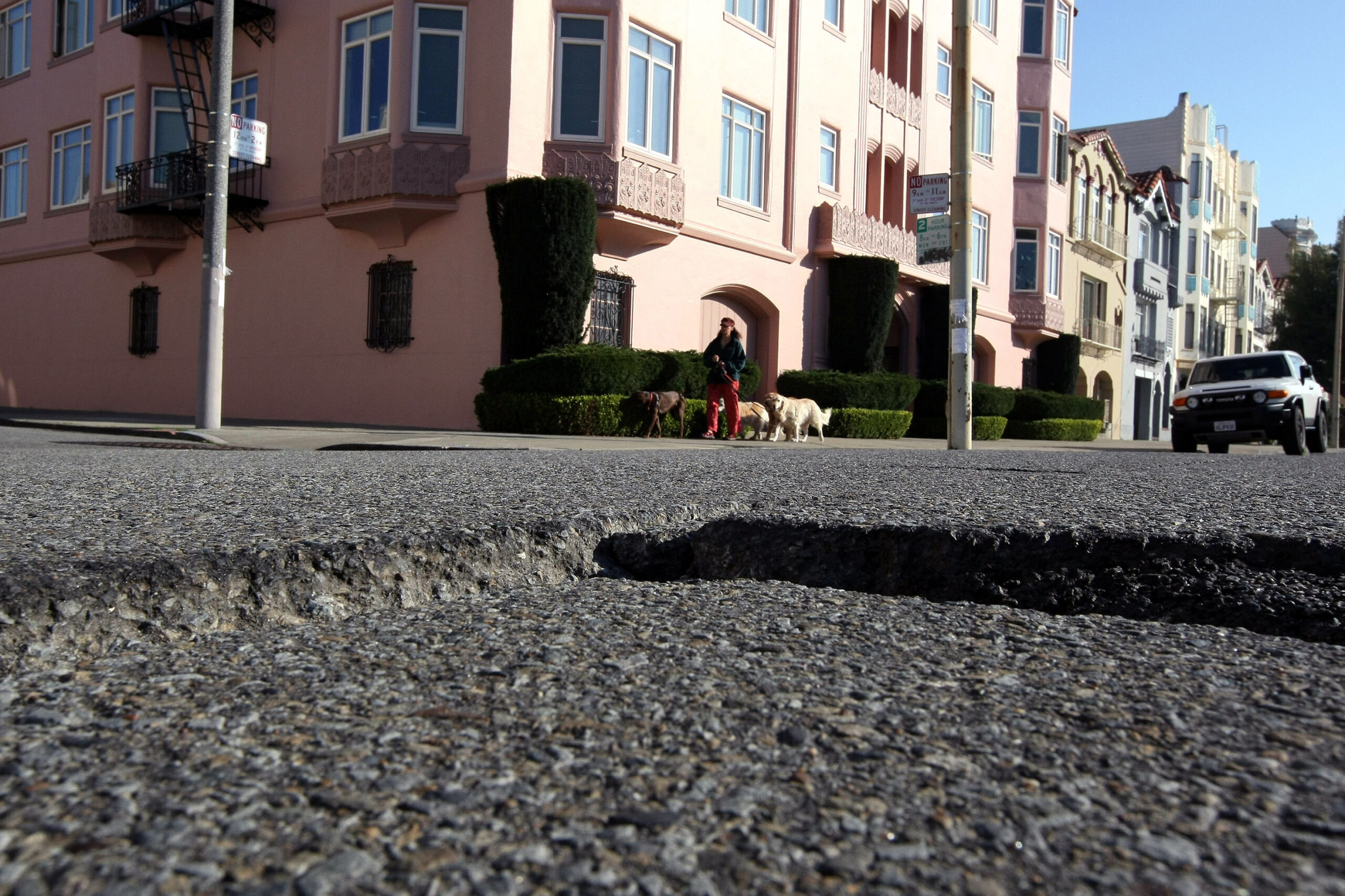Monday’s devastating 7.8 earthquake in Turkey’s Gaziantep Province is a reminder that you never know when “the big one” is going to hit. Straddling the San Andreas and Hayward faults, the Bay Area’s earthquake risk is high, and the region is no stranger to the disaster that can strike from shifting tectonic plates.
Fortunately, the area has learned from its seismic past—and the legacies of the legendary Great 1906 San Francisco Earthquake and 1989’s Loma Prieta are woven into architecture and urban planning. The Standard talked with Dan Phipps, principal of San Francisco-based Dan Phipps Architects, about the Bay Area’s preparedness should disaster strike again.
Robust Building Codes
Thanks to lessons learned from the San Francisco’s 1906 quake and Loma Prieta, San Francisco has implemented policies to strengthen its buildings, Phipps said. In 2013, on the anniversary of the 1906 quake, Mayor Ed Lee signed an earthquake retrofit law that required thousands of apartment buildings across the city to be upgraded. Loma Prieta similarly spurred the creation of new building codes for retrofits and rebuilds around the state.
Because of these lessons, Phipps said many buildings, such as soft-story buildings in the Marina, have been retrofitted to better withstand seismic events.
“We have a very robust building code,” Phipps said. “[The city] found the weakest of the weak buildings and identified them and addressed the low-lying fruit issues that could be solved fairly easily to make it a much more safe place for everybody.”
The Bay Area Has Bank
But such earthquake preparedness does not come without cost. The average cost of retrofitting a home in the Bay Area can cost anywhere between $6,000 to $8,000, Phipps said.
While those numbers could make many wince, one could argue that residents of the Bay Area often have the means to meet the needs of retrofitting their homes. The median income of households in San Francisco as of 2021 was $126,000 and the value of owner-occupied homes in San Francisco was $1.1 million, according to the U.S. Census Bureau.
The Bay Area is willing to put its money where its mouth is when it comes to seismic upgrades, Phipps said, citing the multibillion dollar renovation of the Bay Bridge as an example.
“You can solve lots of problems with money,” Phipps said.
Materials Can Make a Difference
How materials are used in a building can radically change how a structure reacts to an earthquake as well. Masonry, for example, can crack easily during the shakes of a quake. Brick buildings can collapse and unsecured buildings can slide off their foundations, lessons learned from the 1906 earthquake, Phipps said.
But wooden buildings can sway with the force of a seismic event when properly attached to their foundations, which explains why some Victorians still stand in the city even after the very shaky 1906 quake. And newer concrete and steel buildings are also designed to move.
“New buildings are very robust,” Phipps said. “They allow for flexibility. They want to move, and they want to be able to sway with the earthquake and start right back where they started.”
And while parts of San Francisco are more prone to liquefaction than others, Phipps said that the city’s buildings are up for future shakes and quakes.
“I think we’re fairly well prepared,” Phipps said. “We should expect that there be damage to buildings, cosmetic and potentially some minor structural damage. But no catastrophic damage.”
